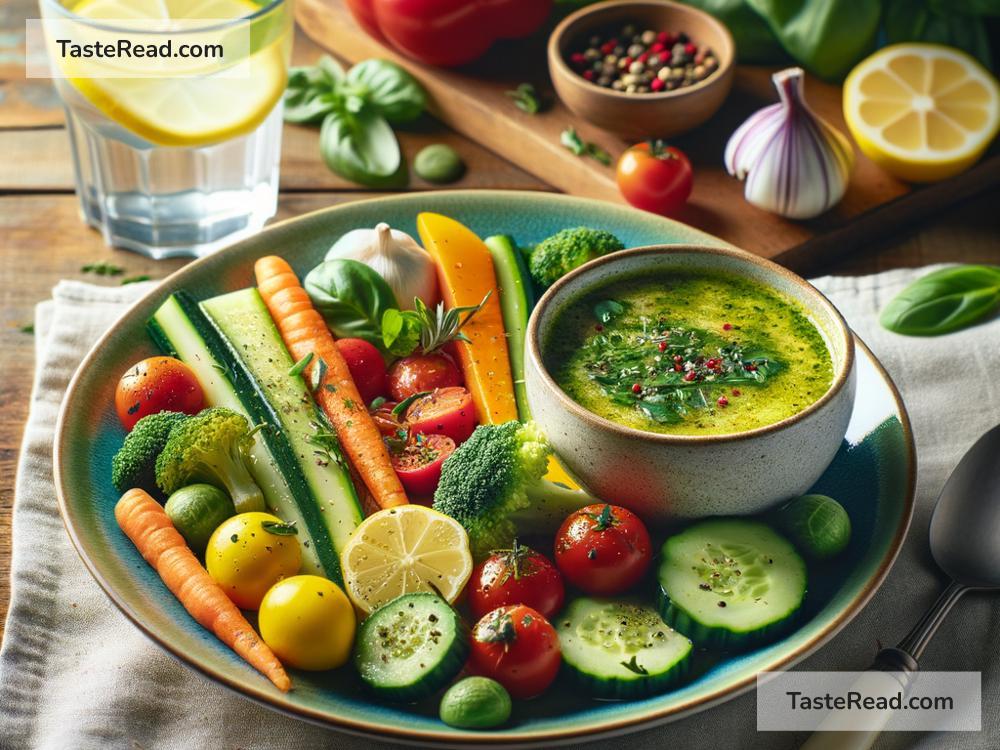The Benefits of a Low-Sodium Diet: Tips and Tricks
Did you know that the average person eats more salt than they need? Salt is found in lots of foods, from chips and fast food to bread and canned soups. While the human body does need a little bit of salt to stay healthy, too much can lead to problems like high blood pressure, heart disease, and kidney issues. That’s why many people are switching to a low-sodium diet! Let’s explore the benefits of reducing salt in your meals and share some easy ways to make it happen.
Why Is Salt Harmful in Large Amounts?
Salt is made up of sodium and chloride, and while sodium is essential for the body, it’s easy to eat too much without realizing it. The recommended daily amount of sodium is about 2,300 milligrams (around one teaspoon of salt). However, many people eat much more. Too much sodium can:
- Raise blood pressure: Sodium makes your body hold onto extra water, which increases blood pressure. High blood pressure can harm your heart and cause strokes.
- Hurt your kidneys: Your kidneys work to filter out toxins from your body. Extra sodium makes them work harder, which can lead to kidney problems over time.
- Retain water: Eating too much salt can make your body retain water, causing bloating and puffiness.
- Increase risk of heart disease: A diet high in sodium puts stress on your heart, increasing the risk of serious conditions like heart attacks.
The Benefits of a Low-Sodium Diet
Eating less salt can lead to significant health benefits. Here are some of the perks:
-
Lower Blood Pressure: When you cut back on sodium, you may see your blood pressure drop within weeks. This reduces your chances of heart disease, strokes, and other health problems.
-
Healthier Heart: Less salt means less strain on your heart, helping it stay strong and healthy.
-
Better Kidney Function: By eating less salt, your kidneys won’t have to work as hard. This can prevent kidney damage and reduce the risk of kidney diseases.
-
Less Bloating: Reducing sodium helps your body get rid of extra water, meaning less bloating and swelling.
-
Improved Overall Health: A low-sodium diet encourages healthier food choices because many salty foods—like processed snacks or junk food—are also high in unhealthy fats and sugars.
Tips for Switching to a Low-Sodium Diet
Making the switch to a low-sodium lifestyle doesn’t have to be hard! Here are some simple tips to get started:
1. Cook More at Home
Cooking meals at home gives you full control over how much salt goes into your food. Instead of adding salt, try seasoning with fresh herbs, spices, lemon juice, garlic, or onion for flavor.
2. Read Food Labels
Processed and packaged foods often hide high amounts of sodium. Always check the nutrition labels before buying. Look for “low-sodium” or “no-salt-added” options whenever possible.
3. Watch for ‘Hidden’ Sodium
Sodium isn’t just found in salty snacks! It’s also in foods like bread, salad dressings, cheese, and soups. Become familiar with hidden sources and learn to recognize them.
4. Limit Restaurant Meals
Dining out can expose you to foods packed with salt, even if they don’t taste salty. If you’re eating at a restaurant, ask for your dish to be prepared without extra salt.
5. Snack Smart
If you love snacking, choose low-sodium alternatives like unsalted nuts, whole fruits, fresh veggies, or air-popped popcorn.
6. Avoid Processed and Packaged Foods
Many pre-packaged foods are high in sodium, even if they seem healthy. Focus on fresh, whole foods instead whenever possible.
7. Switch to Salt Alternatives
If you miss the salty taste, try low-sodium salt substitutes or products like potassium salt, but consult your doctor before trying these options, especially if you have kidney issues.
Tricks to Make It Easier
Changing your eating habits can feel tough at first, so here are some tricks to make the process easier:
-
Start Small: You don’t have to cut out all salt overnight. Gradually reduce your sodium intake over time by making small substitutions.
-
Flavorful Additions: Use flavorful herbs and spices like paprika, chili powder, basil, oregano, or rosemary to wake up your taste buds without needing salt.
-
Experiment with Vinegar and Citrus: Add a splash of vinegar or squeeze some lemon juice to brighten up dishes—it’s a great replacement for salt.
-
Rinse Canned Goods: If you use canned beans or vegetables, rinse them under water before cooking to get rid of some extra sodium.
-
Plan Ahead: Create meal plans focused on fresh, low-sodium ingredients so you’re less likely to grab processed foods on busy days.
Final Thoughts
Reducing the sodium in your diet is one of the simplest ways to improve your health. Whether you want to manage high blood pressure, protect your kidneys, or just feel less bloated, a low-sodium lifestyle can make a big difference. Start small, experiment with flavors, and opt for fresh foods whenever possible. Your body will thank you!
Have you tried lowering your salt intake? Share your tips and experiences in the comments below!


